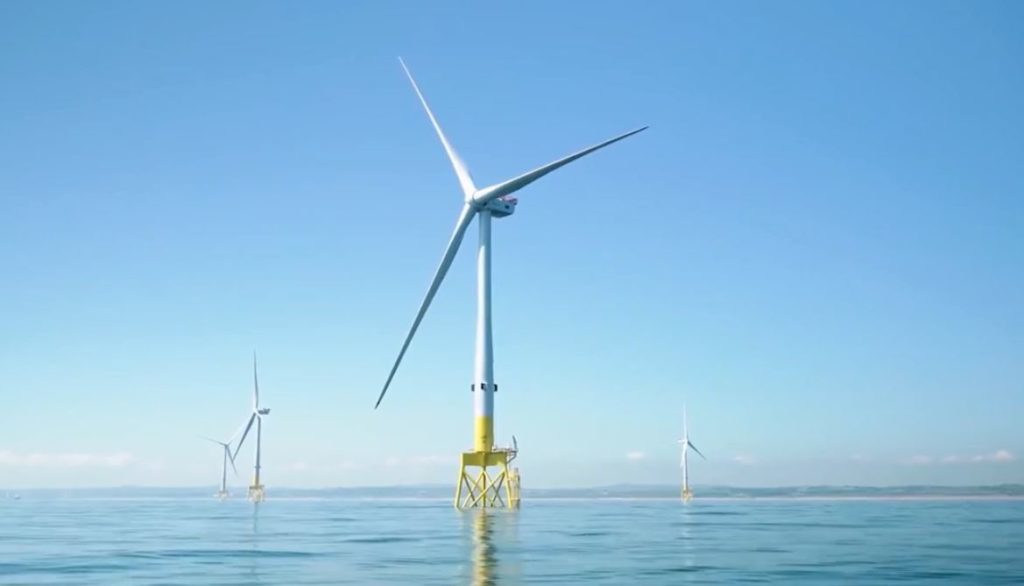
With the recent announcement of the Offshore Wind Sector Deal, the UK is powering towards the goal of ensuring a third of the country’s electricity needs will be provided by offshore wind by 2030.
The UK’s offshore wind sector is a major success story, but as the country renews its ambition to build offshore wind to 50 per cent of the world’s installed capacity, major challenges lie ahead.
The United States has been slower in replicating the success of the UK and other European markets, but its own ambition in a number of East Coast states and associated market size is considerable. The experience and technologies of UK and European offshore wind developers will be invaluable and can inform the US approach.
With both the US and the UK both significantly ramping up their capabilities in the sector over the next few years, they will have much to learn from each other. What are the pitfalls they need to be mindful of, and how should we be learning from each other?
Done properly, offshore wind improves grid reliability and resilience, reduces congestion and adds capacity, whilst providing economical access to a renewable source of power. But the steep development trajectory that comes with the Offshore Wind Sector Deal could create challenges for supply chain and labour resources.
This is a challenge we have been grappling with in the US. While the UK offshore wind industry has developed incrementally over years, the US offshore wind market is undertaking initial installations ranging from 400-800 MW. This buildout has created tremendous and immediate demand across the supply chain. Today, the primary challenge facing the US industry is developing a sustainable structure around the volume of anticipated work in order to drive necessary investment in the supply chain.
The UK’s Sector Deal will see the number of jobs in offshore triple by 2030. This is undoubtedly a positive. But with more jobs demand comes more skills demand, and the UK, like the US, has significant skills pressures to contend with. In certain regions in New England, for example, the market is expected to reach at least 8.000 MW by 2030, resulting in the creation of more than 36,000 full-time jobs and hundreds of millions of dollars of economic impact. The number of engineers needed to create new offshore wind infrastructure alone in both markets will be significant. Sufficient training and upskilling will be critical.
United States and European offshore wind markets are similar in that both are comprised of independent governing bodies that are competing with one another to attract development. The United Kingdom, Germany and other European countries are analogous to states along the United States Atlantic Coast. But these states — like many European countries — have a troubled track record of working together on projects, including interstate electric transmission. For offshore wind to be successful in the future as capacity increases, interstate cooperation in the US, and likewise inter-country cooperation in Europe, will be necessary.
In order to build on the advances of the offshore market in the UK, the Government must continue to work together effectively with the private sector, and ensure it instils confidence through the Deal. Whilst political structures in the US and the UK vary hugely, we have seen in the American market that legislators can make the difference in this area. In 2016, for example, the Governor of Massachusetts signed energy legislation that called for 1,600 MW of new offshore wind energy by 2027. That led to a solicitation for 400 MW last year, bid on by three wind developers. The state selected a partner, and the Vineyard Wind project will start construction this year.
As the UK market attempts to meet ambitious new targets by driving through competitive reforms, it must avoid falling into the trap of doing too much, too fast. We often hear that the Unites States has much to learn from the UK and Europe when it comes to offshore wind. This is true. But when it comes to skills, precipitous growth and competitive reforms, inter-country collaboration and public-private partnerships, there is a lot our sectors have in common. By taking a holistic view of what markets across the board can learn from each other, and combining the expertise gained in both the US and the UK, we can make massive strides towards a truly renewable future.
Tony Appleton, Offshore Business Development Manager, Burns & McDonnell
Jonathan Chapman, Managing Director UK, Burns & McDonnell
